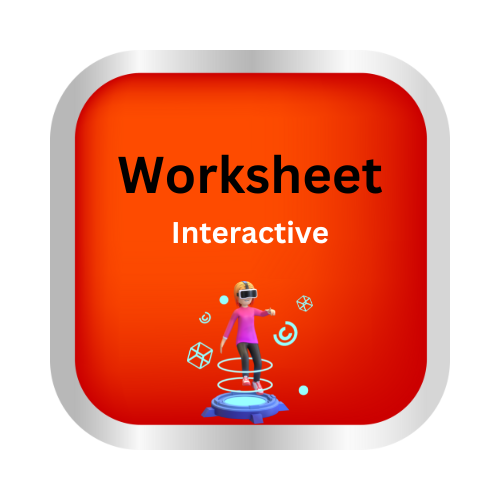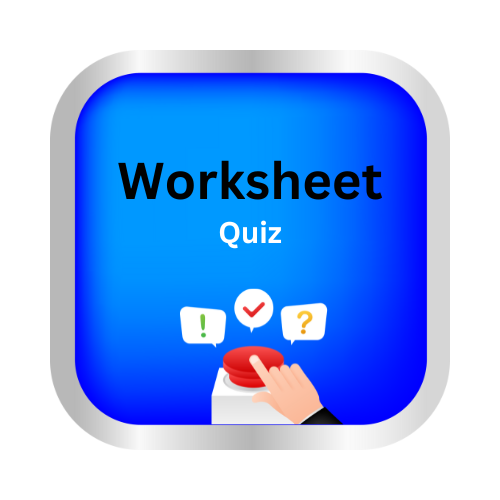Place value models – tens and ones
key notes:
Understanding Place Value:
Introduce the concept that numbers are made up of tens and ones. Each digit’s place in a number has a specific value based on its position.
Tens and Ones Place:
In a two-digit number, the digit in the tens place represents groups of ten, and the digit in the ones place represents single units.
Building Numbers with Blocks:
Use base-ten blocks or place value charts to visually represent numbers. For example:
- 1 ten block = 10
- 1 unit block = 1
Writing Numbers:
Teach students how to write two-digit numbers by identifying the number of tens and ones. For example, 34 means 3 tens and 4 ones.
Visual Models:
Use visuals like place value charts or drawings of tens and ones to help students visualize how numbers are built. For example, the number 56 would be shown with 5 ten blocks and 6 one blocks.
Comparing Numbers:
Practice comparing numbers by looking at the tens place first and then the ones place if needed. For example, 52 is greater than 41 because 5 tens are more than 4 tens.
Addition and Subtraction:
Use place value models to add and subtract tens and ones. For example, adding 10 to 34 gives 44 (moving one more ten block).
Learn with an example
🎯 What number is shown?
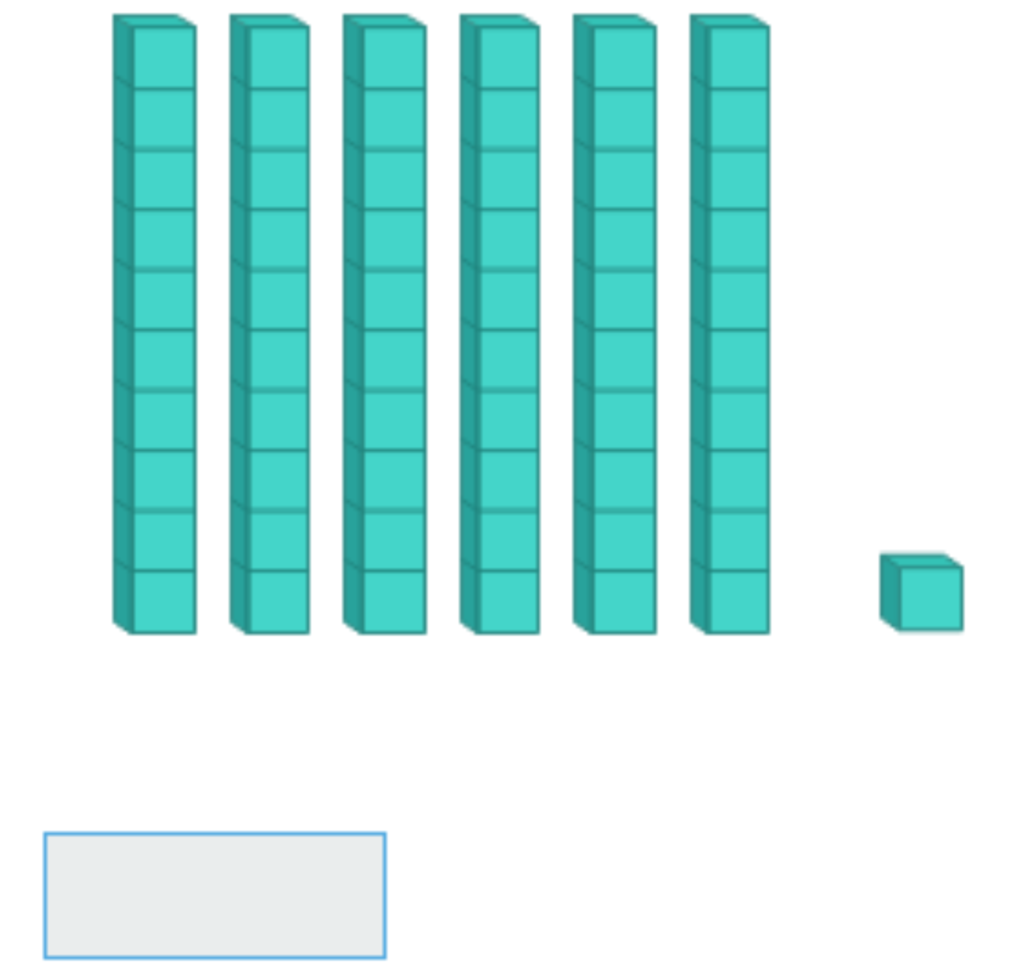
- Count the tens. There are 6 tens.
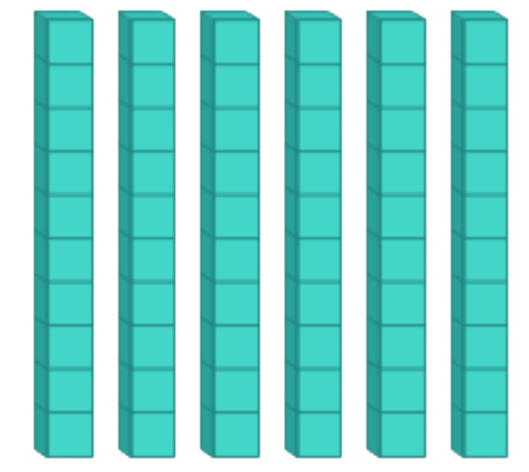
- Count the ones. There is 1 one.
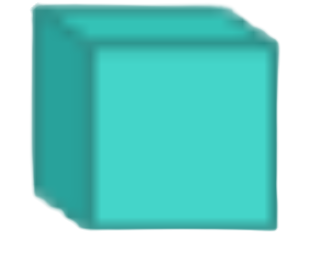
- Now write the number. Use a place value chart.
- tens 6, ones 1
- The number is 61.
🎯 Which place-value model shows 36?

- Find the model that shows 36.
- This model has 3 tens and 6 ones. It shows 36.
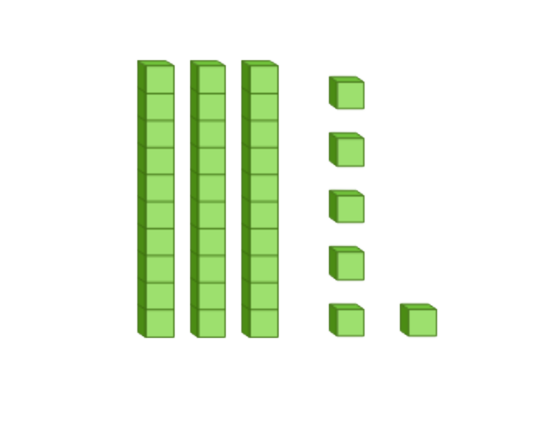
- This model has 6 tens and 3 ones. It shows 63.
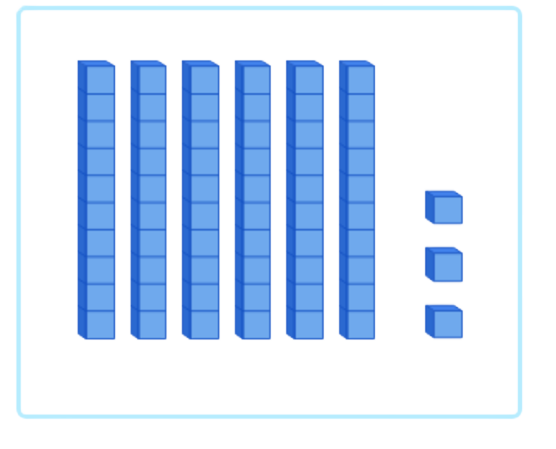
🎯 Which place-value model shows 82?
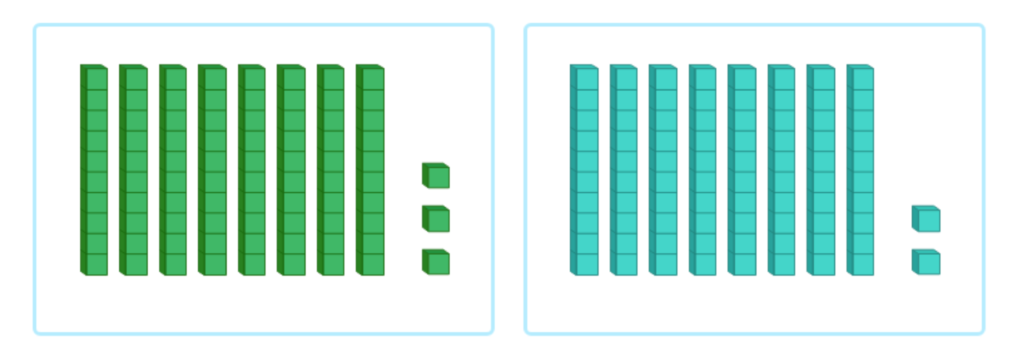
- Find the model that shows 82.
- This model has 8 tens and 3 ones. It shows 83.
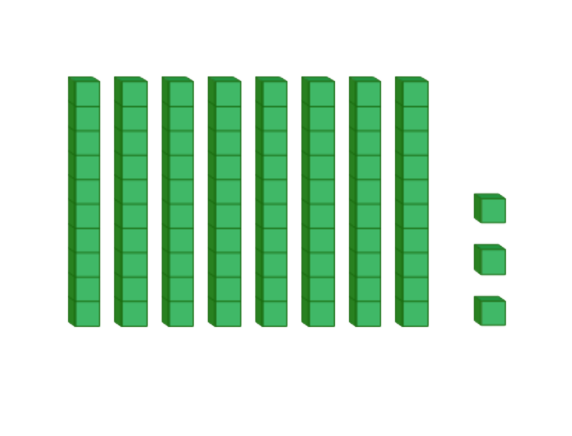
- This model has 8 tens and 2 ones. It shows 82.
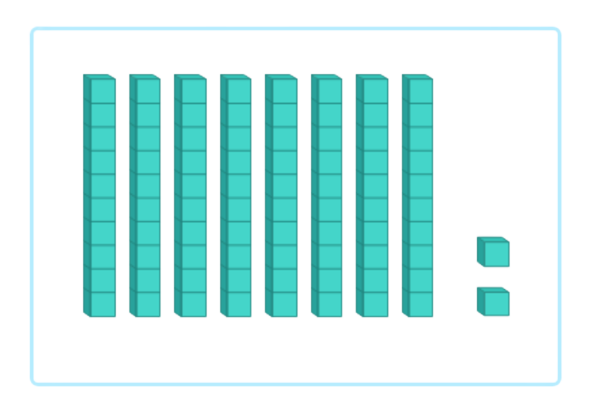
Let’s practice!🖊️
